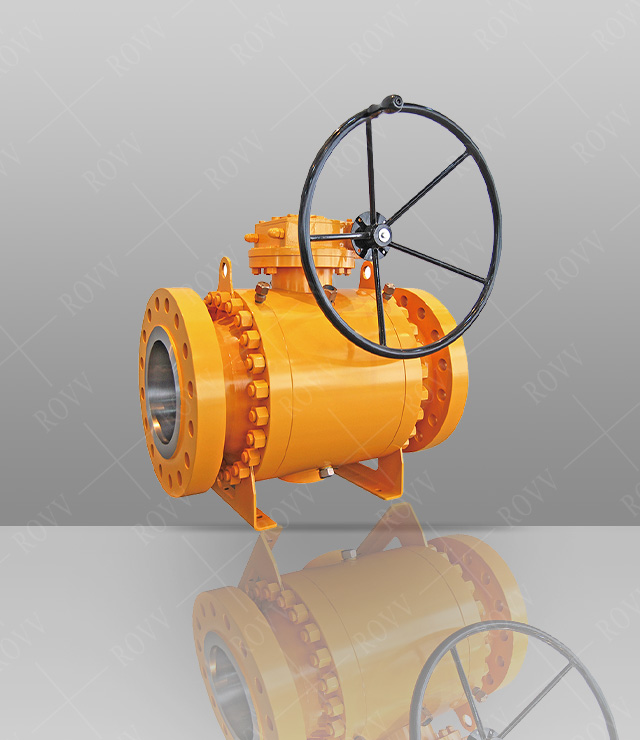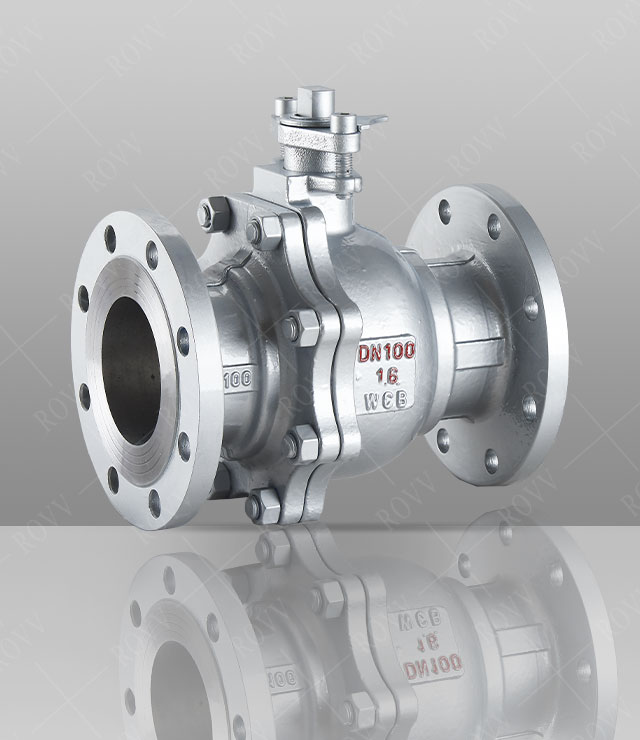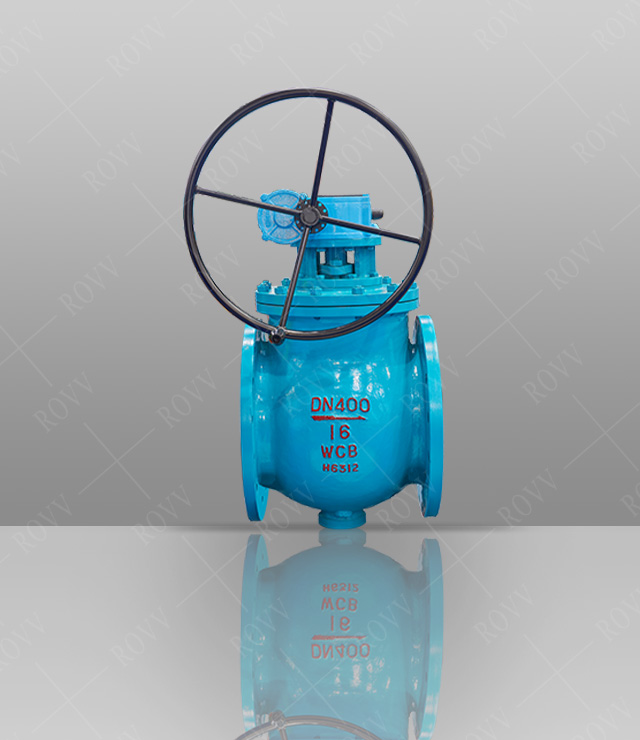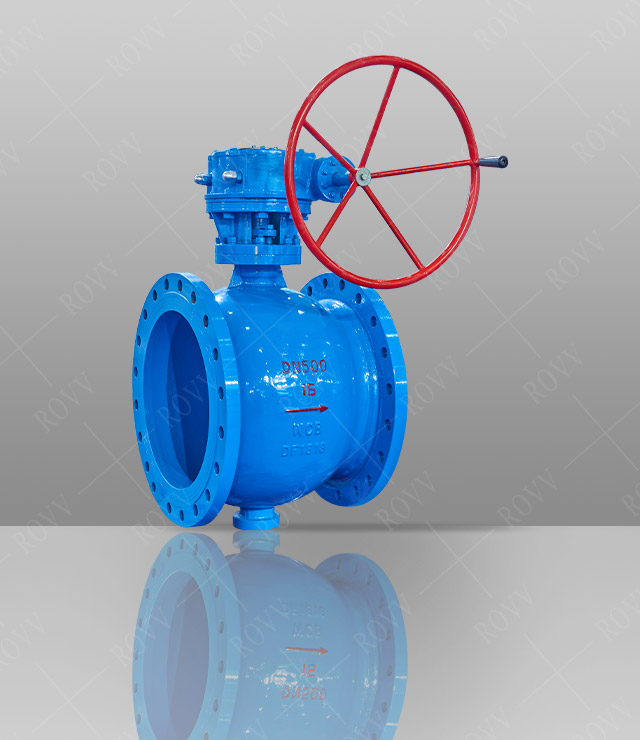Common faults and troubleshooting methods of ball valves
Release time:2023-08-04 11:24:46
Clicks:
Ball valve is a commonly used control valve in industrial pipelines, which has advantages such as simple structure, small flow resistance, and good sealing performance. However, during use, ball valves may also experience some common malfunctions, such as valve jamming, leakage, and leakage. Below, we will introduce common faults and troubleshooting methods for ball valves.
01. Valve stuck
When the ball valve does not operate for a long time or does not operate smoothly, the valve may get stuck, resulting in abnormal operation. At this point, the first thing to check is whether the valve is blocked by foreign objects or dirt. If so, it is necessary to remove the foreign objects or dirt. But if the sticking of the valve is caused by reasons such as valve stem deviation and sealing surface wear, it is necessary to repair or replace the parts.
02. Leakage
Leakage is one of the common faults of ball valves, which may be caused by:
(1) Damaged sealing surface: The sealing surface of the ball valve has been used for a long time and is prone to wear and tear, leading to leakage.
(2) Aging of sealing gasket: The sealing gasket of ball valves is also prone to aging, becoming loose and unable to tightly fit the valve, resulting in leakage.
(3) Loose fasteners: If the fasteners of the ball valve, such as screws, nuts, etc., become loose, it may also cause leakage.
(4) Inadequate installation: Inadequate installation of ball valves can also lead to leakage.

In response to the above reasons, the following measures should be taken to eliminate them:
(1) Replace sealing surface: If the sealing surface of the ball valve is damaged due to prolonged use, it needs to be replaced.
(2) Replace sealing gasket: If the sealing gasket of the ball valve is aged or loose, it needs to be replaced.
(3) Fastener tightening: Check if the fasteners are loose, and if so, tighten them.
(4) Reinstallation: If the ball valve is not properly installed, it needs to be reinstalled.
03. Leakage
Leakage of ball valves is also one of the common faults, which may be caused by:
(1) Aging of the sealing gasket: When the sealing gasket of the ball valve ages and becomes loose, it may also cause leakage.
(2) Damaged seals, such as O-rings and fillers, can also lead to leakage.
(3) Sphere deformation: When the sphere deforms, it can also cause leakage.
In response to the above reasons, the following measures should be taken to eliminate them:
(1) Replace sealing gasket: If the sealing gasket of the ball valve is aged or loose, it needs to be replaced.
(2) Replace seals: If O-rings, fillers, etc. are damaged, they also need to be replaced.
(3) Replace the ball: If the ball is deformed, it needs to be replaced to solve the leakage problem.
Summary: The above are common faults and troubleshooting methods for ball valves. If a ball valve fault occurs, timely measures should be taken to eliminate it to ensure the normal operation of the ball valve and the smooth progress of industrial production. At the same time, regular maintenance of ball valves is also very important to avoid production accidents.
01. Valve stuck
When the ball valve does not operate for a long time or does not operate smoothly, the valve may get stuck, resulting in abnormal operation. At this point, the first thing to check is whether the valve is blocked by foreign objects or dirt. If so, it is necessary to remove the foreign objects or dirt. But if the sticking of the valve is caused by reasons such as valve stem deviation and sealing surface wear, it is necessary to repair or replace the parts.
02. Leakage
Leakage is one of the common faults of ball valves, which may be caused by:
(1) Damaged sealing surface: The sealing surface of the ball valve has been used for a long time and is prone to wear and tear, leading to leakage.
(2) Aging of sealing gasket: The sealing gasket of ball valves is also prone to aging, becoming loose and unable to tightly fit the valve, resulting in leakage.
(3) Loose fasteners: If the fasteners of the ball valve, such as screws, nuts, etc., become loose, it may also cause leakage.
(4) Inadequate installation: Inadequate installation of ball valves can also lead to leakage.

(1) Replace sealing surface: If the sealing surface of the ball valve is damaged due to prolonged use, it needs to be replaced.
(2) Replace sealing gasket: If the sealing gasket of the ball valve is aged or loose, it needs to be replaced.
(3) Fastener tightening: Check if the fasteners are loose, and if so, tighten them.
(4) Reinstallation: If the ball valve is not properly installed, it needs to be reinstalled.
03. Leakage
Leakage of ball valves is also one of the common faults, which may be caused by:
(1) Aging of the sealing gasket: When the sealing gasket of the ball valve ages and becomes loose, it may also cause leakage.
(2) Damaged seals, such as O-rings and fillers, can also lead to leakage.
(3) Sphere deformation: When the sphere deforms, it can also cause leakage.
In response to the above reasons, the following measures should be taken to eliminate them:
(1) Replace sealing gasket: If the sealing gasket of the ball valve is aged or loose, it needs to be replaced.
(2) Replace seals: If O-rings, fillers, etc. are damaged, they also need to be replaced.
(3) Replace the ball: If the ball is deformed, it needs to be replaced to solve the leakage problem.
Summary: The above are common faults and troubleshooting methods for ball valves. If a ball valve fault occurs, timely measures should be taken to eliminate it to ensure the normal operation of the ball valve and the smooth progress of industrial production. At the same time, regular maintenance of ball valves is also very important to avoid production accidents.











